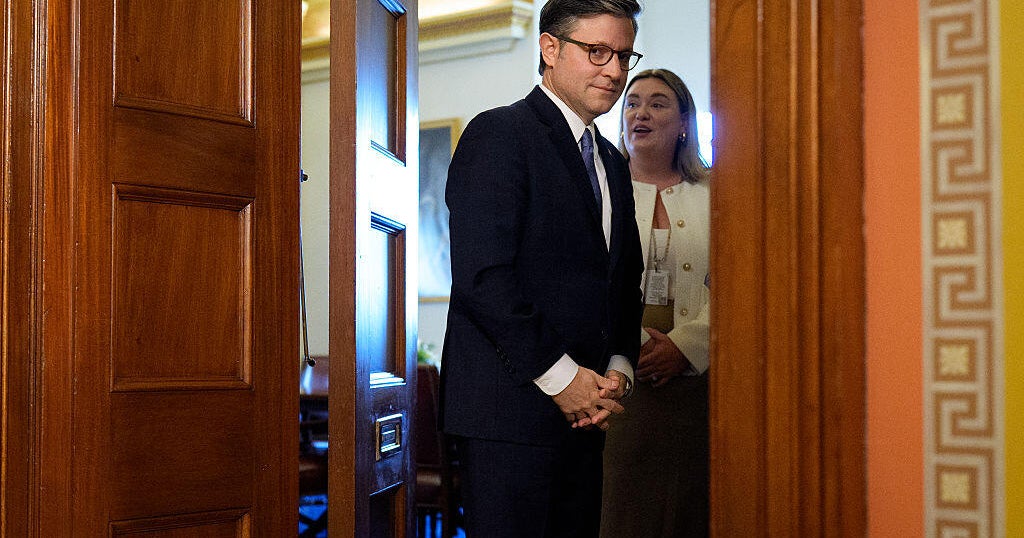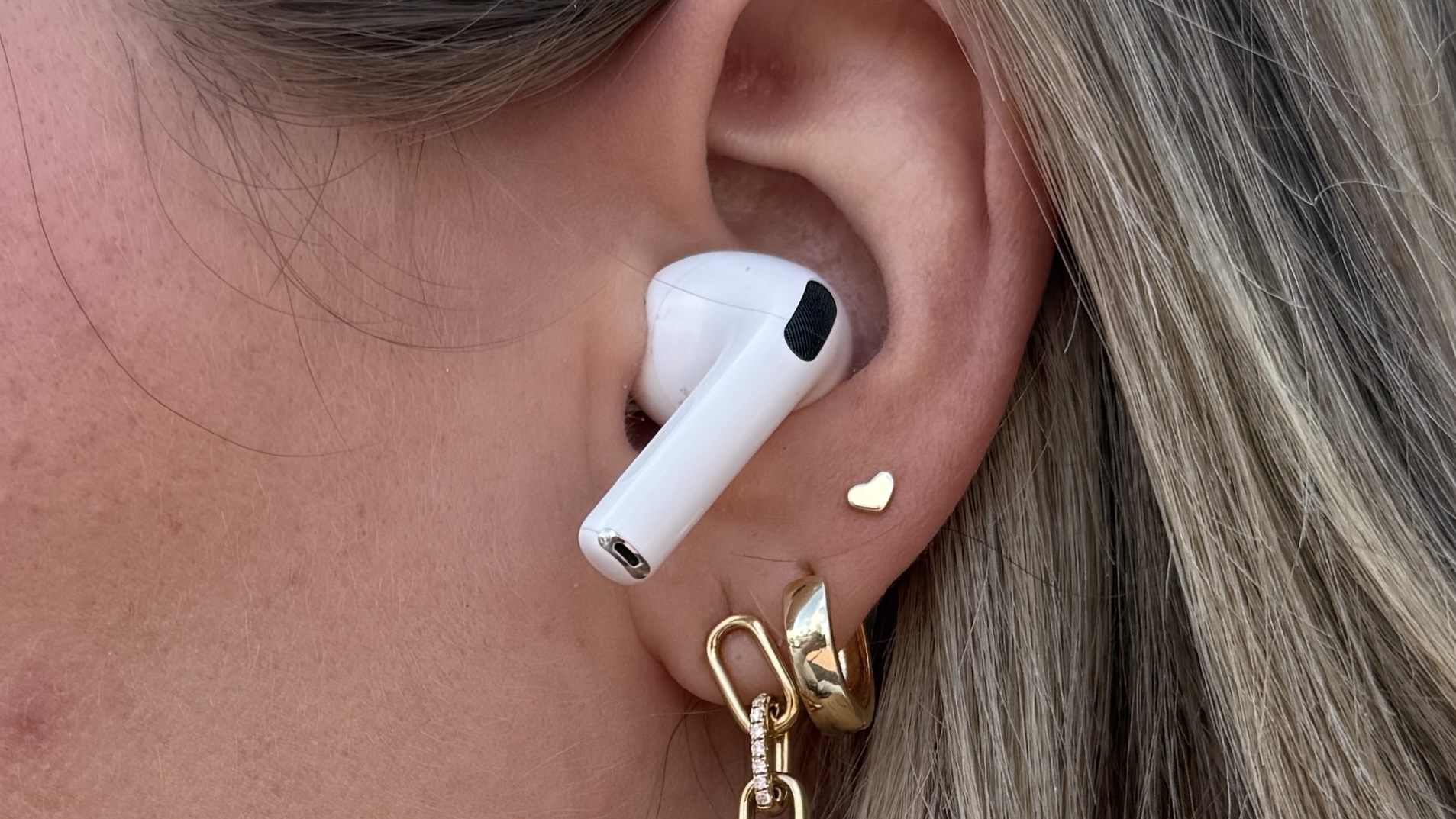It appears Russia hit with the worst so far, but no major injuries reported
Russia appears to be the worst hit by the major earthquake so far, with some reported damage near the quake’s epicentre in Kamchatka. Footage showed a damaged kindergarten in the area, as well as waves sweeping inland in a port town nearby. There were also reports of waves up to four metres high in the remote region.
But local officials have not yet reported any serious injuries. Oleg Melnikov, a regional health minister in Russia, said some people were hurt running outside and in other minor incidents, Reuters reports. But he said all patients “are currently in satisfactory condition, and no serious injuries have been reported so far”.
Many along the Japanese coastline were waiting for waves to hit in the coming hour, and tsunami warnings remain in place for parts of Alaska and Hawaii.
Key events
Russia declares emergency on islands hit by tsunami
Authorities in Russia’s far eastern Sakhalin region declared a state of emergency in the northern Kuril Islands, where tsunami waves have damaged buildings and caused flooding, AFP reports.
First tsunami wave expected to hit Hawaii at 7.17pm local time
The first tsunami wave is expected to hit Hawaii in about half an hour.
Gov. Josh Green said measurements showed a three-foot wave, above sea level, when the tsunami passed Midway Atoll, northwest of Hawaii. Green said in a briefing:
This is a very serious event. … Please do not put yourself in harm’s way.
A quick primer on tsunamis from the AP:
What is a tsunami?
Tsunamis are waves triggered by earthquakes, underwater volcanic eruptions and submarine landslides. After an underwater earthquake, the seafloor rises and drops, which lifts water up and down. The energy from this pushes sea water that transfers to waves.
Many people think of tsunamis as one wave. But they are typically multiple waves that rush ashore like a fast-rising tide.
What should I do if I get a tsunami alert?
Authorities urge people to move to higher ground when they have indications a tsunami will arrive. Some communities have buildings designated on higher ground as meetup points during tsunami warnings, such as a school, while others might simply urge residents to retreat up a hillside.
How long does it take for tsunamis to arrive?
It depends on how far the epicenter of the earthquake is from a coastal area. It could take just minutes for waves to hit land next to the site of a major quake. It could take hours for tsunamis to cross the Pacific Ocean.
The speed of tsunami waves also depends on ocean depth. They travel faster over deep water and slow down in shallow water.

Eline Gordts
How officials are responding across California tonight
Officials across California warned residents on Tuesday evening to stay away from the coast, as the US west coast braced for waves caused by the earthquake in Russia.
A tsunami warning, which warns of dangerous coastal flooding, is in effect for the state’s far northern coast. A tsunami advisory, which warns of strong currents and waves, is in place for the state’s southern coast.
Waves are only expected to hit the California coast around midnight, but officials in this state that has seen its share of natural disasters pleaded with residents to take no risks. “Please stay alert and follow instructions from emergency personnel,” the California governor, Gavin Newsom, wrote.
The LA mayor, Karen Bass, said emergency officials as well as police at the Ports of Long Beach and Los Angeles were ready to respond. “Residents and workers in and around the L.A. Harbor area are urged to stay alert, avoid the waterline, and follow official instructions,” she said.
Daniel Lurie, the San Francisco mayor, said the Bay Area should expect strong and dangerous currents that could impact beaches, harbours, docks and piers. “Make sure you and your family are prepared,” he added.
Ecuador evacuates parts of Galápagos Islands, Peru issues tsunami warning
The scale of the tsunami’s impacts keeps growing as countries on all side of the Pacific Ocean are taking precautionary measures.
Peru issued a tsunami warning on Tuesday, according to the navy, saying officials will keep the situation “under constant surveillance”. And Ecuador ordered preventive evacuations of beaches, docks and low-lying areas in the Galápagos Islands off its coast late Tuesday, AFP reports.
Mexico has also mobilised authorities at “all levels of government” to keep people away from Pacific beaches.
Hawaii governor issues emergency proclamation
Hawaii Gov. Josh Green has issued an emergency proclamation related to the tsunami and urged residents to heed evacuation warnings and not risk being near the shoreline. He said officials were monitoring the tsunami as it approaches the Midway Islands, which would give them a better sense as to how big waves could be when they reach the state in a few hours. Green said on X:
People need to evacuate, that’s very clear. … Please take this very seriously.
Do not risk being out at all near the shoreline.
Green added in a news briefing that a tsunami wave was “not a regular wave”:
It will actually kill you if you get hit by a tsunami, so you have to be out of that area.
Tsunami expected to hit parts of eastern China, could cause damage
China’s tsunami warning centre said Wednesday that waves of between 30cm and 1 metre were expected to hit parts of the eastern seaboard, AFP reports. The centre said:
Based on the latest warning and analysis results, the Tsunami Advisory Center of the Ministry of National Resources has determined that the earthquake has triggered a tsunami, which is expected to cause damage to certain coastal areas of China.
A warning from US weather officials: tsunamis are not just one wave
The National Weather Service’s Bay Area branch issued a sharp warning against complacency surrounding a tsunami, warning against people trying to take photos of the event. The agency wrote on X:
Friends please be aware, a Tsunami is a series of wave[s] carrying a large extra mass of water to our coast.
This will NOT be a single wave.
Do NOT try to go to the coast to take photos.
You’re not just putting yourself at risk, you will also be putting rescue teams at risk.
Friends please be aware, a Tsunami is a series of wave carrying a large extra mass of water to our coast.
This will NOT be a single wave.
Do NOT try to go to the coast to take photos.You’re not just putting yourself at risk, you will also be putting rescue teams at risk. #CAwx https://t.co/u7kfCl6y05 pic.twitter.com/VZSIFhbbKd
— NWS Bay Area 🌉 (@NWSBayArea) July 30, 2025
What we know so far about the warnings stretching from Japan to the US
In case you’re overwhelmed by the sheer scope of updates across the Pacific, here’s a quick primer on what’s been going on today:
Earthquake off Russia sets off tsunami warning sirens in Honolulu – video
Tsunami warning issued for California coast near border with Oregon
A tsunami warning has been issued for part of the California coastline. The warning stretches from Cape Mendocino up to the state’s border with Oregon.
A tsunami warning is now in effect along parts of California’s North Coast — from Cape Mendocino to the Oregon border.@Cal_OES is coordinating with local officials. Please stay alert and follow instructions from emergency personnel.
— Governor Gavin Newsom (@CAgovernor) July 30, 2025
More than 900,000 under evacuation advisories in Japan
Japan’s Fire and Disaster Management Agency said no injuries or damages have been reported so far, the AP reports.
The agency has issued an evacuation advisory to more than 900,000 people in 133 municipalities along the Japanese coastline, stretching from Hokkaido to Okinawa. It’s unclear how many people actually took shelter.
Jon Letman
More from Jon Letman: Hawaii residents have become particularly sensitive to cell phone warning and civil defence sirens after Hawaii’s Emergency Management Agency issued a false alert warning of an inbound “ballistic missile threat” in 2018, causing widespread panic.
All islands have activated their Emergency Operating Centers, shelters are opening, and everyone in coastal areas is being advised to head to higher ground immediately.
Kauai Police are asking the public to stay off the road unless absolutely necessary and advising of the closure of the westbound lane on Hanalei Bridge, with the eastbound land open for evacuations.
Reporter Jon Letman is in from Kauai, Hawaii. He said tsunami warning sirens blared for a second time at 4:10 p.m (local time) and could be heard on multiple islands including Oahu and Kauai.
Kyle Kajihiro, assistant professor at the University of Hawaii-Manoa, was on campus when he received a warning alert on his cell phone. Kajihiro said the campus was shutting down and traffic on Honolulu’s highways was noticeably heavy.
On Kauai, shortly after the tsunami warning was issued, staff at the National Tropical Botanical Garden suspended tours on its south shore and moved all visitors and staff out of the inundation zone to higher ground.
Blue skies and breezy conditions prevailed even as many Hawaii residents left work early heading for home or designated safe areas away from the islands’ heavily populated coastline.

